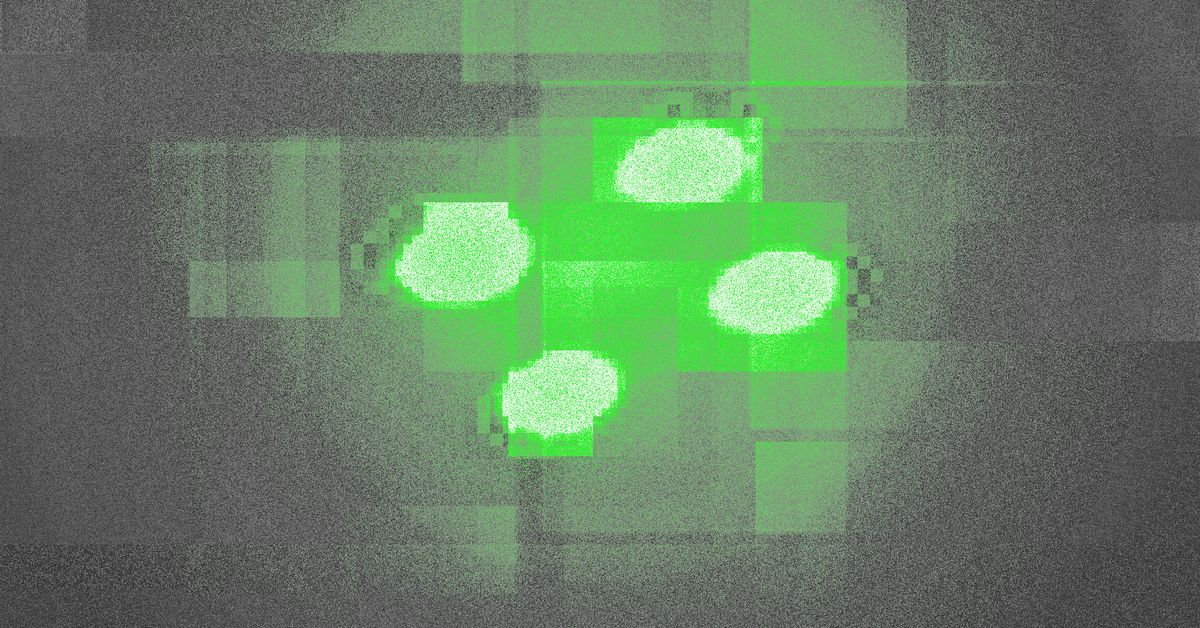Is Every Picture of New Jersey Drones Bad Because of Poor Photography Techniques?

Phone cameras have come a long way in recent years, and they’re capable of capturing incredible moments with ease. From breathtaking sunsets to vibrant street scenes, our smartphones can take stunning photos that rival those taken by professional cameras. However, when it comes to photographing aerial objects like drones, phone cameras fall woefully short.
The Mysterious Drones Over New Jersey
You may have seen the headlines: mysterious drones are hovering over New Jersey at night, leaving many scratching their heads. While some reports claim to have captured images of these elusive aircraft, a closer look reveals that most photos are grainy and poorly lit. This is particularly puzzling given the widespread availability of smartphones with high-quality cameras.
The Limitations of Phone Cameras
So, what’s behind this disappointing lack of clear drone photos? According to Sten Odenwald, an astronomer and educator at NASA’s Goddard Space Flight Center, phone cameras are not up to the task. "Phone cameras are no better than the human eye in terms of their ability to gather light," he explains. "Their lenses are designed to be basically electronic eyeballs, so what the smartphone sees is basically what you see, with no added amplification."
This limitation becomes even more apparent when trying to zoom in on distant objects. Even in good lighting conditions, smartphones struggle to provide a clear image of far-off objects. And when it comes to low-light situations, phone cameras are at their worst.
The Problem with Digital Zoom
Smartphones often come equipped with digital zoom capabilities, which can be useful for getting closer to the subject without physically moving in. However, this feature relies on the camera’s sensor and aperture size. In low light conditions, phones tend to fall back on digital zoom using the main camera, resulting in a suboptimal photo.
The Drones Themselves: Designed for Stealth
But there’s another reason why phone cameras struggle to capture clear images of drones: their design. According to Odenwald, "They don’t carry their own lighting system with them, so they’re basically dark against the dark sky." This is not a new phenomenon; military-grade aircraft have long been designed for stealth operations.
What You Need to Get Better Drone Photos
So, if you’re determined to get better photos of drones, what can you do? Odenwald recommends upgrading your gear with a dedicated camera like a DSLR or ILC and a good lens. "What you need is the largest aperture you can get," he advises, "because you’re going to be limited by the faintness of the drone even though it’s not more than maybe a few hundred meters up."
A tripod will also come in handy for stabilizing your camera, reducing camera shake, and allowing for sharper photos. And, of course, some good luck never hurts – after all, these drones are not on any schedule!
While phone cameras have made tremendous strides in recent years, they still fall short when it comes to capturing clear images of aerial objects like drones. By understanding the limitations of phone cameras and knowing what you need to get better photos, you can upgrade your gear and capture stunning images of these elusive aircraft.
But even with the right equipment, there’s no guarantee that you’ll get a great photo – after all, sometimes there’s nothing unusual going on up there!